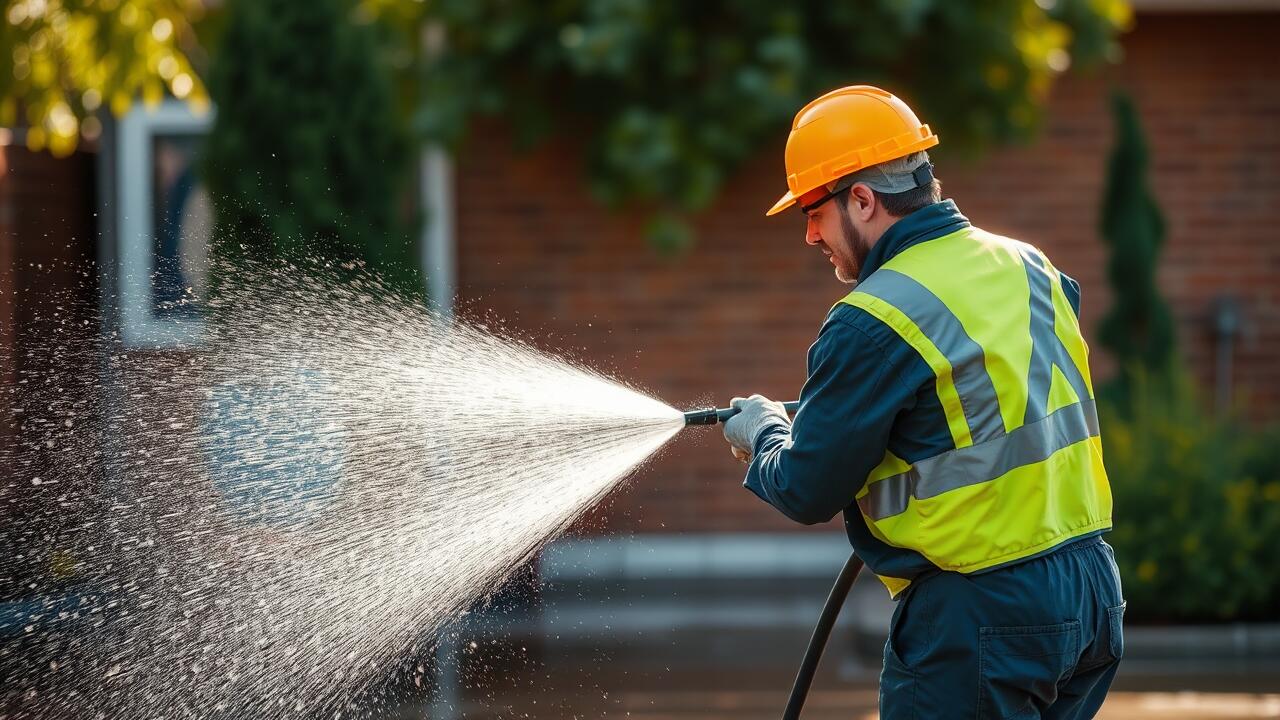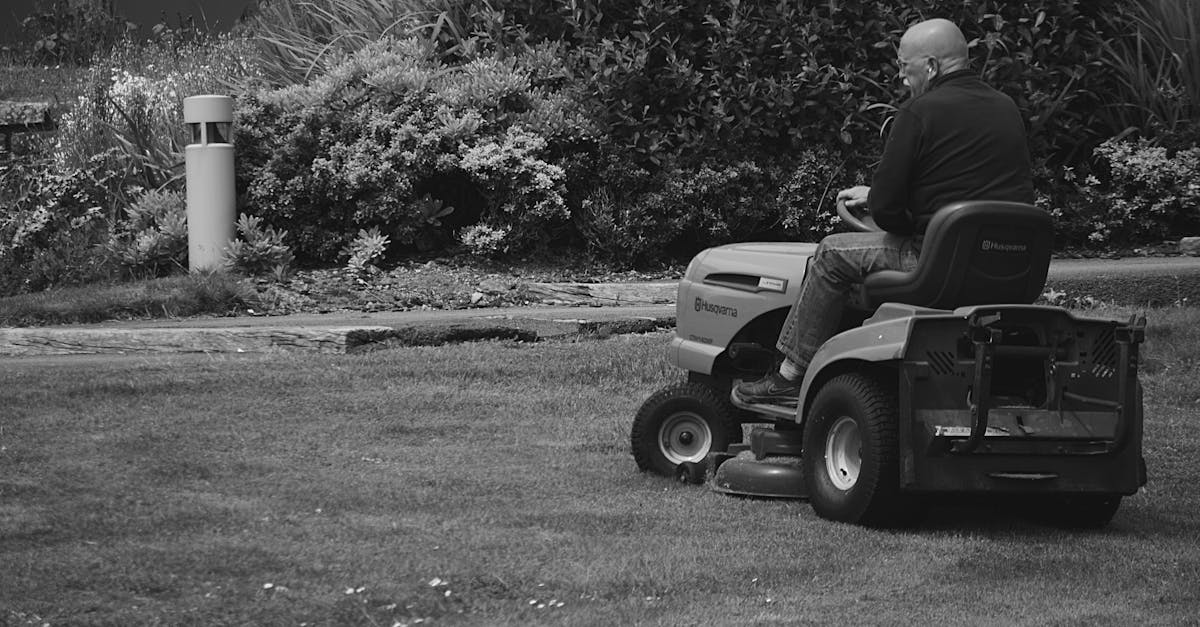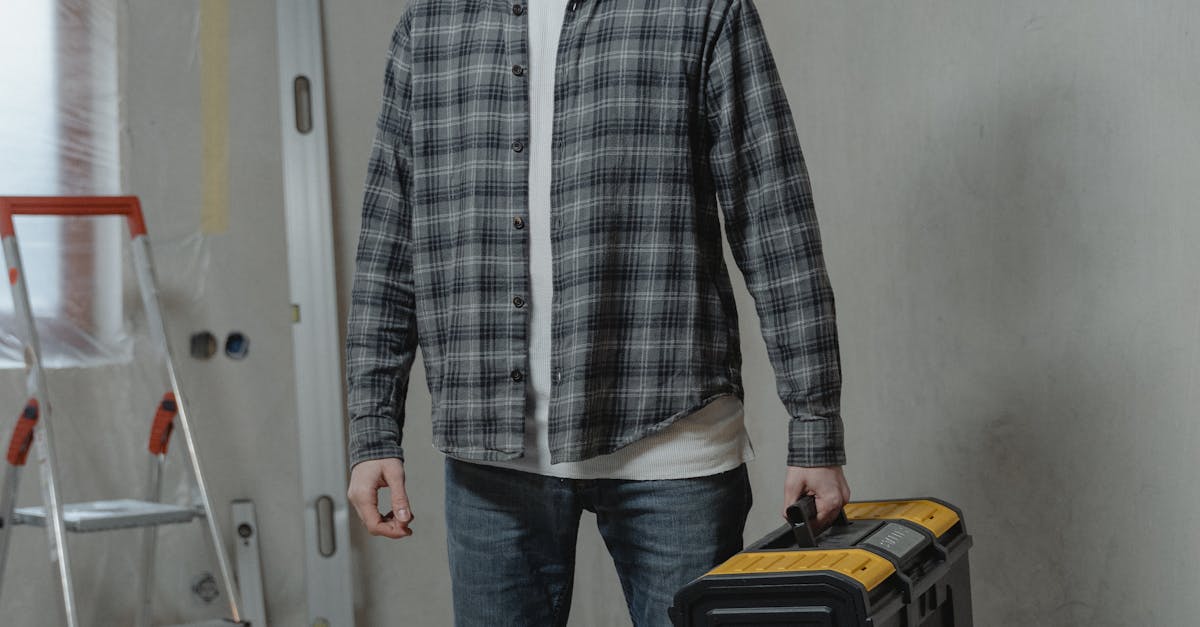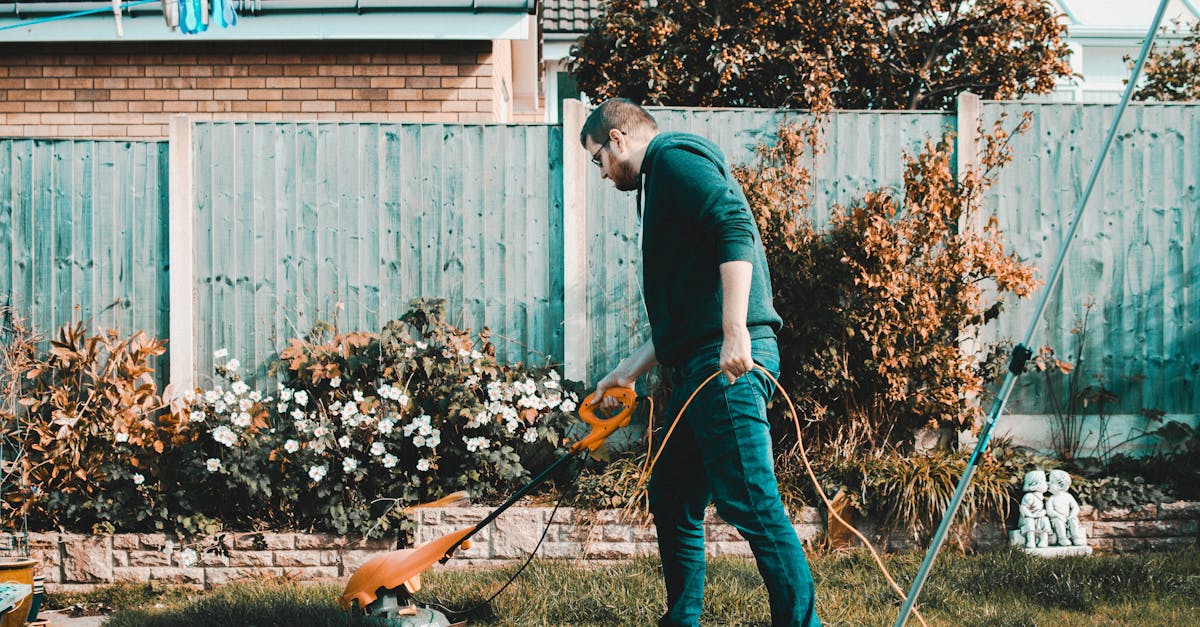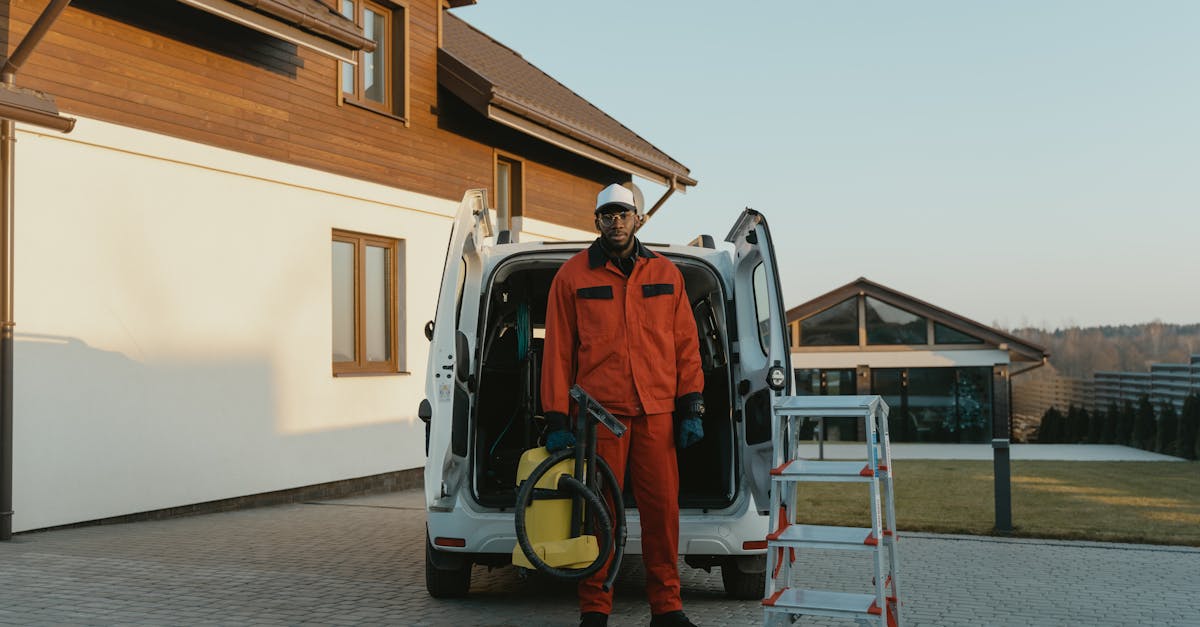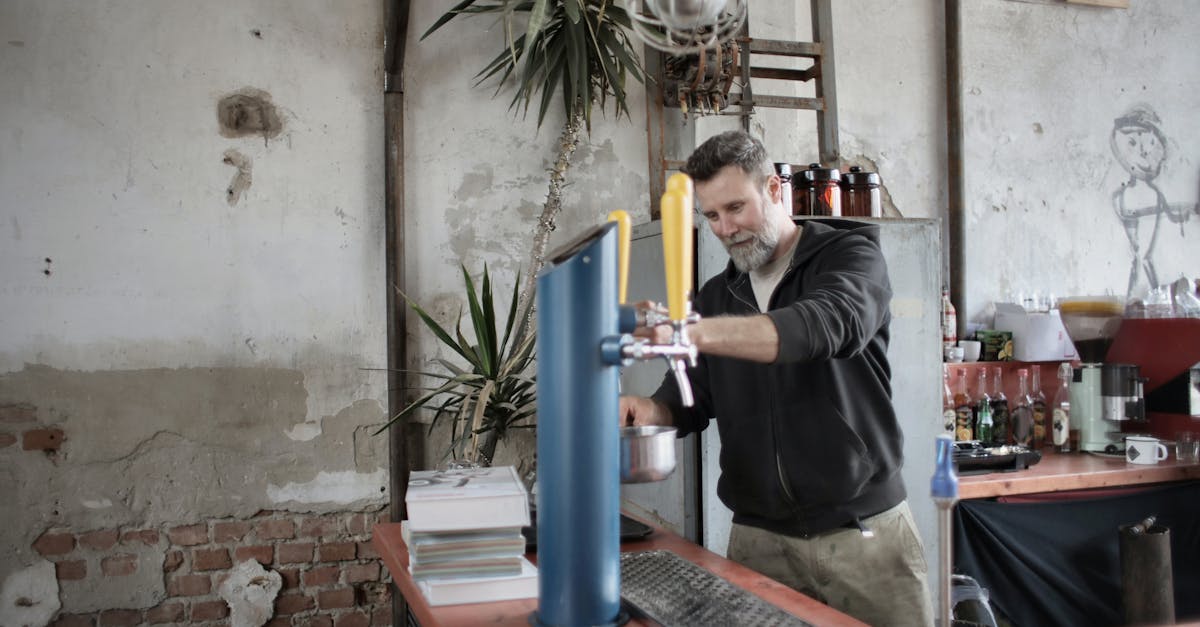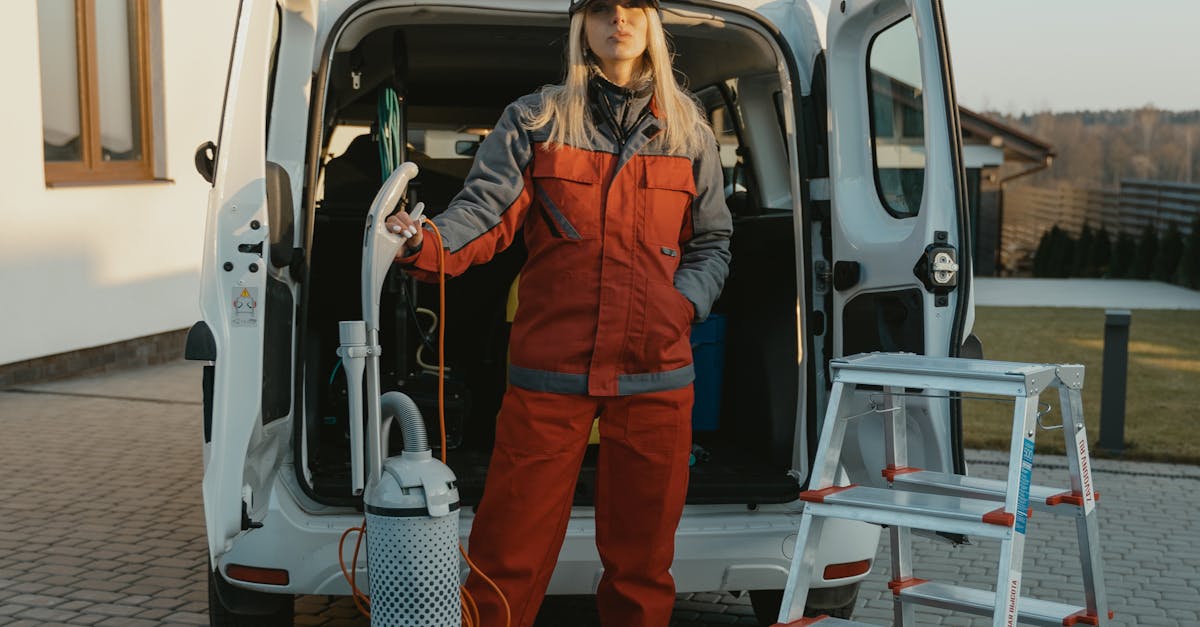
Exploring the Benefits of Manual Cleaning
Manual cleaning offers distinct advantages compared to more aggressive methods like pressure washing. It allows for thorough attention to specific areas, ensuring that every inch is addressed according to the material and its condition. This personalized approach can be especially beneficial for surfaces that may be easily damaged by high-pressure water streams, such as wooden decks or delicate masonry. The careful nature of manual cleaning also fosters a more intimate understanding of the surfaces being treated, helping identify potential issues early.
Moreover, manual cleaning methods can be tailored to the unique needs of each job. While pressure washing is efficient, it often uses standardized techniques that may not be suitable for all surfaces or levels of grime. By employing specific tools and products for manual cleaning, homeowners can treat different types of stains more effectively. This targeted strategy not only improves the quality of cleaning but also extends the lifespan of materials, leading to better long-term results.
Personalized Attention to Detail
Manual cleaning allows for a level of personalized attention to detail that pressure washing often cannot match. By employing techniques that cater specifically to the surface being cleaned, this method ensures that every nook and cranny receives thorough treatment. Each area is assessed individually, making it possible to focus on sections that may require extra care, such as delicate materials or hard-to-reach spaces. This meticulous approach enhances the overall effectiveness of the cleaning process, providing a deeper clean without the risk of damage that can occur with high-pressure water sprays.
Additionally, manual cleaning can adapt to various situations, allowing for adjustments based on the material and condition of the surfaces involved. Unlike pressure washing, which delivers a uniform force across all areas, this method permits cleaners to select appropriate tools and cleaning solutions tailored to the specific requirements of each task. This flexibility not only assures a more effective clean but also minimizes the likelihood of unintentional harm, preserving the underlying structure and finish of surfaces.
The Role of Biodegradable Cleaners
Biodegradable cleaners play a vital role in promoting environmentally friendly cleaning practices. Unlike conventional chemicals used in pressure washing, these cleaners break down naturally and pose minimal harm to surrounding ecosystems. When utilized in manual cleaning, they effectively remove dirt and grime without introducing harmful substances into waterways. This commitment to sustainability aligns with the increasing consumer demand for green cleaning solutions.
Integrating biodegradable cleaners into your cleaning regimen not only contributes to environmental protection but also enhances the effectiveness of the cleaning process. The agents in these cleaners often penetrate surfaces more effectively than traditional cleaning agents. This means that, in many instances, manual cleaning can achieve results comparable to or better than pressure washing, all while being gentler on surfaces and safer for landscaping and aquatic life nearby.
Safe for Your Surroundings
Many traditional pressure washing methods rely on harsh chemicals that can harm the environment. These substances often seep into the soil and water systems, posing risks not only to plants and wildlife but also to human health. In contrast, alternative cleaning methods, particularly those that utilize biodegradable cleaners, provide a safer choice. These eco-friendly options break down naturally and minimize any negative environmental impact, making them suitable for residential and commercial spaces alike.
Moreover, manual cleaning allows for greater control over the products being used, ensuring that only safe and effective solutions come into contact with your surfaces. Unlike pressure washing, which can unintentionally splash harmful chemicals onto adjacent areas, careful hand-cleaning takes the environment into account at every step. This mindful approach enhances safety for children and pets playing outside while also protecting gardens and landscaping from chemical exposure.
Cost-Effectiveness of Alternative Methods
Alternative cleaning methods often present a more cost-effective solution compared to pressure washing. While the initial investment in equipment for methods such as scrubbing or using a soft wash system may seem significant, long-term expenses can reveal a different story. Many homeowners find that the need for special chemicals, extensive machine maintenance, and water usage associated with pressure washing adds to overall costs. In contrast, manual methods can utilize readily available materials, reducing both the environmental footprint and the financial burden.
Long-term savings also arise from reduced wear and tear on surfaces. Pressure washing, when done frequently, may inadvertently damage delicate materials like wood or painted surfaces. This leads to higher repair or replacement costs over time. On the other hand, alternative cleaning methods often allow for a more gentle approach, preserving the integrity of these materials and lessening the need for expensive refinishing or repairs. These factors combined highlight the cost-effectiveness of exploring methods beyond traditional pressure washing.
Long-Term Savings Benefits
Choosing manual cleaning methods over pressure washing can lead to substantial long-term savings. Many homeowners often overlook the costs associated with machine rental, water usage, and potential damage caused by high-pressure cleanings. By relying on elbow grease and traditional cleaning techniques, individuals can minimize expenses. Moreover, using biodegradable cleaners ensures that surfaces are treated gently, extending their lifespan while reducing the frequency of future cleanings.
Investing time in manual cleaning can also decrease the likelihood of costly repairs or replacements. Pressure washing can sometimes strip paint or damage seals, creating additional work in the long run. Taking a more measured approach not only preserves the integrity of surfaces but also helps avoid unexpected costs. As maintenance becomes less frequent, homeowners save money while ensuring their property remains in top condition.
FAQS
What are some benefits of manual cleaning compared to pressure washing?
Manual cleaning offers personalized attention to detail, allowing for a more thorough and careful cleaning process. It can also target specific areas that may be overlooked by pressure washing.
Are biodegradable cleaners effective for cleaning surfaces?
Yes, biodegradable cleaners are effective and safe for various surfaces. They break down naturally and typically contain less harsh chemicals, making them a good choice for environmentally conscious cleaning.
How does using alternative cleaning methods save money?
Alternative methods, like manual cleaning, often require less equipment and lower maintenance costs compared to pressure washing machines. This can lead to long-term savings on both cleaning supplies and potential repairs from damage caused by high-pressure water jets.
Is manual cleaning safe for all surfaces?
Generally, manual cleaning is safe for a wide range of surfaces. However, it’s important to choose the right cleaning products and techniques for specific materials to avoid any damage.
Can I achieve the same level of cleanliness with manual cleaning as I would with pressure washing?
Yes, with the right techniques and products, manual cleaning can achieve a comparable level of cleanliness to pressure washing, particularly for delicate surfaces that may be damaged by high pressure.
